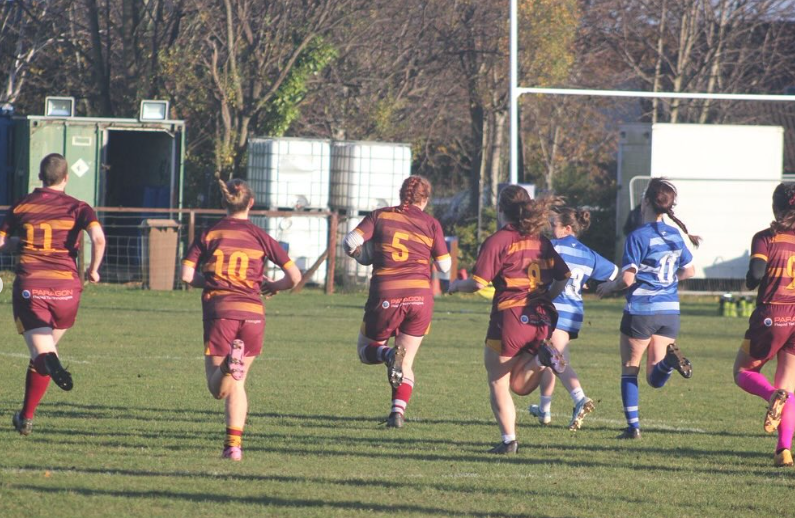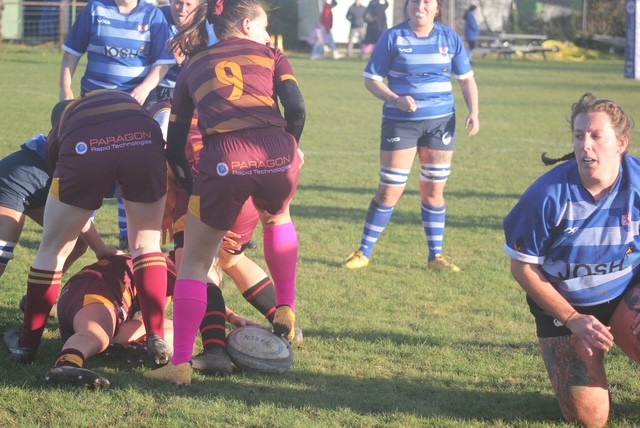Paragon Rapid Technologies is delighted to announce a new community partnership as we become an official kit sponsor of Middlesbrough Women’s Rugby Club.
The sponsorship was on full display this past weekend as the team took to the field wearing their new Paragon-branded kit – delivering an exceptional performance in a dominant 72–0 victory over North Shields Blue Roses. The club kindly shared images of the kit in action, capturing the energy, teamwork, and determination that make the squad so impressive.
This partnership reflects Paragon’s ongoing commitment to supporting local organisations that embody the values we champion as a business: team spirit, resilience, and continuous improvement. Middlesbrough Women’s Rugby Club represents these qualities both on and off the pitch, and we are proud to stand behind them for the season ahead.
We look forward to following their journey, celebrating their achievements, and contributing to the continued growth of women’s rugby in our region.




Monday – Thursday: 08:00 – 16:30
Friday: 0800 – 15:30
Weekends: Closed
Paragon Rapid Technologies Limited provides prototyping and low-volume manufacturing services. The company is registered in England and Wales, company number 04858233. What do you want to make today?
+44 (0) 1325 333 141
sales@paragon-rt.com
Paragon Rapid Technologies Ltd. Aviation Way Teesside International Airport Darlington County Durham DL2 1NA
©2025, Paragon Rapid Technologies. All Rights Reserved.
Website Design & Hosting by iHTTP